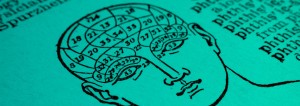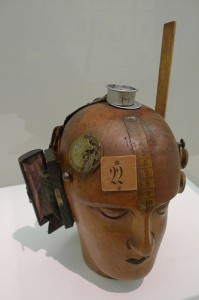A short (2-week) MOOC from the University of Nottingham: How to read … a mind
“This is a short course that tries to explain what happens when you read a novel or a short story – or in fact any sort of narrative – and you meet the people who live within those pages. How can it be that sometimes we are drawn into the world of the fiction almost as if it’s real? How can we be so immersed in that imaginary world that we can be emotionally affected by what goes on in there? How can we sometimes be so absorbed in the fictional world that we can’t hear when people back in the real world talk to us while we are distracted?
These are questions for anyone who has ever picked up a book and enjoyed it. For the answers, we must look to our best current understanding of how mind and language works – and that means entering into the field of cognitive poetics. Simply, this is a discipline that draws on linguistics and cognitive science to provide explanations for literary reading. The beauty of cognitive poetics is that it addresses questions that are interesting and familiar to all readers, not just professional academics, literary critics and theorists. And it is based on some simple principles so that the journey from introduction to complex understanding is actually very short.”


